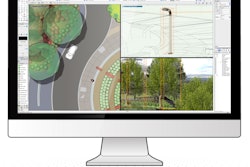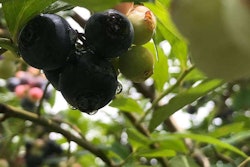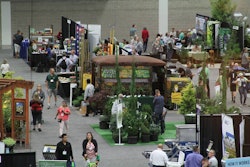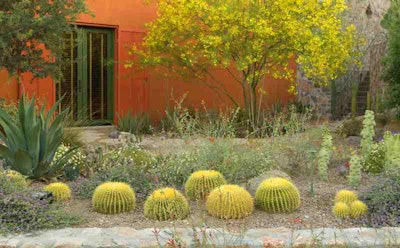 This project implements the first graywater reuse system for residential application in the region. It is intended to reduce water consumption by approximately 40 percent. It won the ASLA 2010 Professional Residential Design Honor Award. It ws created by Design Workshop, Inc.
This project implements the first graywater reuse system for residential application in the region. It is intended to reduce water consumption by approximately 40 percent. It won the ASLA 2010 Professional Residential Design Honor Award. It ws created by Design Workshop, Inc.Photo: D. A. Horchner / Design Workshop, Inc.
The American Society of Landscape Architects (ASLA) has released a series of free online sustainable design guides as homeowners and landscape designers gather to plan their future gardens.
As noted earlier this year in the 2017 Residential Landscape Architecture Trends Survey, homeowners often want sustainable design elements in their outdoor living spaces.
The design guides focus on specific methods of sustainability, including increasing energy efficiency, improving water management, applying ecological design and using low-impact materials.
According to ASLA, integrated site design and a comprehensive approach to sustainable building and residential landscaping can result in net-zero or climate positive homes, aside from helping the environment.
The guides include tips, research, best practices and project examples. Below are some of the suggested practices from the guides to share with homeowners.
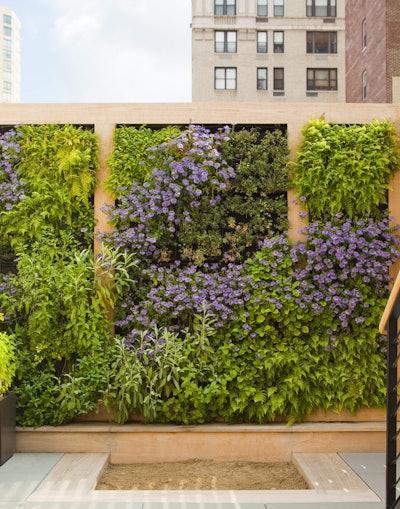 A green wall with lush plantings and edibles sits above a children’s sandbox. It won the ASLA 2011 Professional Residential Design Honor Award and was designed by Nelson Byrd Woltz Landscape Architects.
A green wall with lush plantings and edibles sits above a children’s sandbox. It won the ASLA 2011 Professional Residential Design Honor Award and was designed by Nelson Byrd Woltz Landscape Architects.Photo: Eric Piasecki
Add pollinator gardens. A crucial element of the ecosystem, encourage homeowners to help out pollinators by selecting plants that provide food and shelter for creatures like bees, butterflies and bats. Also, limiting the usage of pesticides can also help pollinators thrive in their backyard.
Practice ecological gardening. As 150 million acres of wildlife habitat and farmland are lost to urban sprawl, some homeowners are turning to edible gardening for food at home, but ASLA advises practicing permaculture to use patterns in nature to develop sustainable enviroments, rather than using fertilizers that contaminate watersheds and damage local ecosystems.
Install drip irrigation. More than 9 billion gallons of water is used outdoors in the U.S. and it is mainly for irrigation. Over-watering is common, but drip irrigation can be used to slowly apply water to plants’ root zones. This also reduces evaporation, runoff and deep percolation of water. While it can save water, it must be maintained and managed closely to sustain that efficiency.
Recycle materials. Many materials used in the landscape are often not made to be recycled and cost serious resources to create and demolish. SITES advises that using reclaimed wood from existing wood can be used for a number of features such as decking and seating. Landscape architects can reuse concrete from structures as an aggregate base when crushed.
Harness solar power. As solar power grows in popularity, it can be added to designs where it is incorporated into structures. Landscape architects can add photovoltaic building tiles to canopies and pergolas, site solar arrays for the most gain but least visual impact or join solar and green roof systems.
